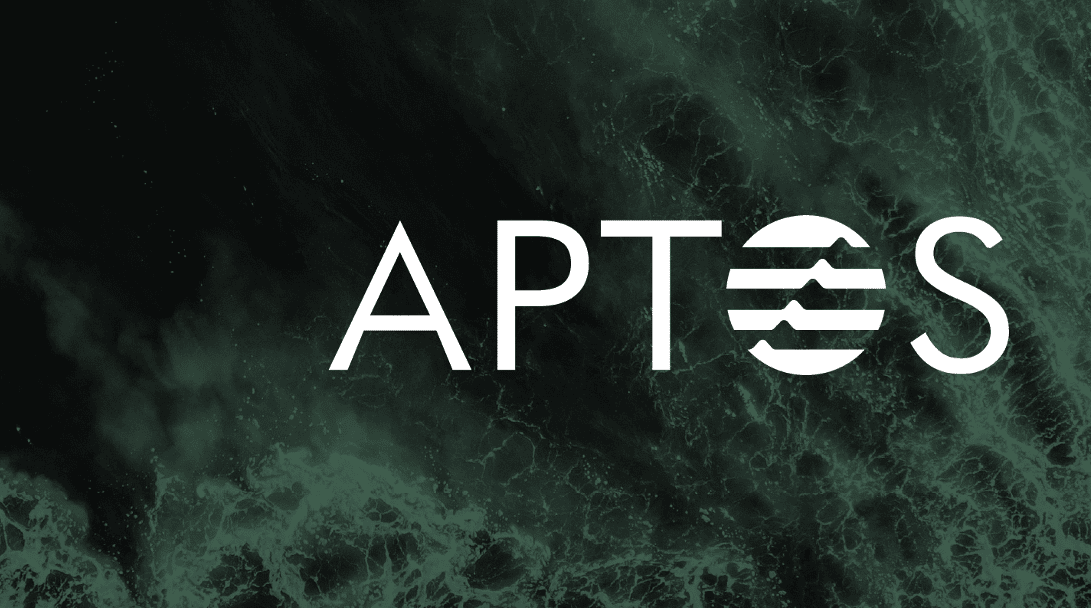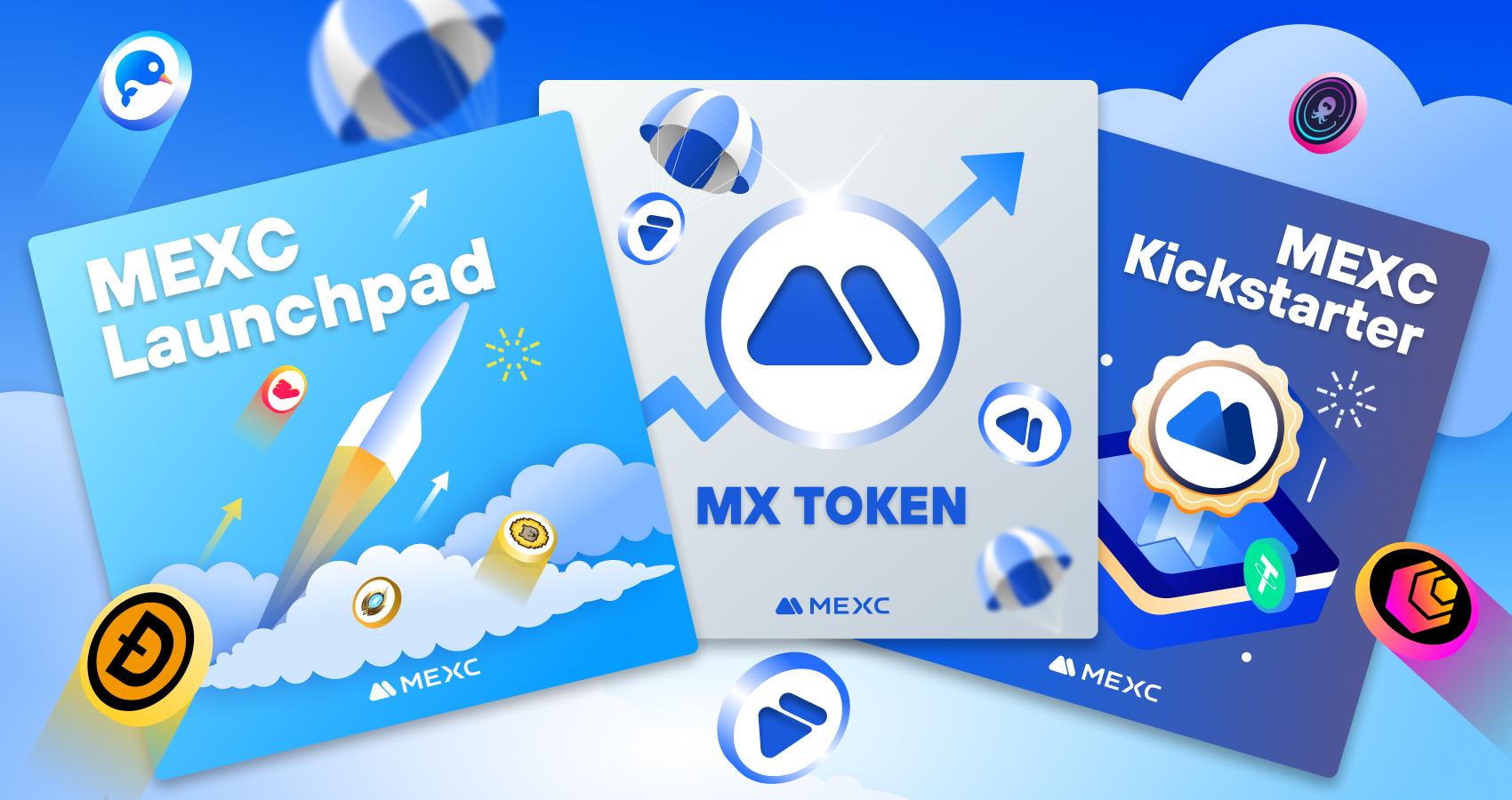Imagine transforming your smartphone into a noise pollution detector, your car into a real-time mapmaker, or your laptop into a Hollywood-grade rendering machine—all while earning crypto effortlessly. This futuristic concept isn’t a far-off dream; it’s the reality I experienced at Token 2049 in Singapore, Asia’s most vibrant on-chain gathering. Welcome to the world of DePIN or Decentralized Physical Infrastructure Networks, a groundbreaking movement that’s poised to revolutionize how we interact with our devices, data, and the digital economy.

What is DePIN?
At its core, DePIN represents a decentralized approach to using physical infrastructure—think devices like smartphones, cars, or computers—to participate in blockchain networks. Unlike traditional tech models, where large corporations or centralized entities control the infrastructure, DePIN flips the script. It allows everyday users to contribute the physical capabilities of their gadgets to a network, earning cryptocurrency in return. This decentralized model puts control back in the hands of individuals, turning passive devices into active participants in the digital ecosystem.
But what sets DePIN apart isn’t just decentralization. These networks leverage AI to optimize data gathering, processing, and resource allocation. By doing so, they maximize efficiency and open new opportunities for users to earn cryptocurrency by sharing their device’s unused capabilities.
The DePIN Experience at Token 2049
Token 2049, held in Singapore, was the perfect venue to witness this new wave of decentralized infrastructure firsthand. The event brought together crypto enthusiasts, blockchain innovators, and tech giants, all buzzing about the potential of DePIN to reshape industries as diverse as urban planning, entertainment, and transportation.
At the event, attendees got to explore how DePIN could convert personal devices into powerful tools that contribute to blockchain networks. The concept of earning cryptocurrency by allowing your smartphone to monitor environmental factors like noise pollution, or turning your car into a real-time map data generator, was met with excitement. These are not just theoretical ideas—they are projects already in development.
For instance, one demonstration showcased how AI could be used to optimize the data captured by everyday objects. In the case of noise pollution detection, your phone could seamlessly gather data in the background without interrupting regular use. This data could then be used for urban planning, public health initiatives, or environmental research, all while rewarding the phone owner with cryptocurrency for their contributions.
In the entertainment sector, I saw how a laptop or personal computer could be transformed into a rendering powerhouse. Hollywood-grade animations, which typically require expensive, high-end machines, could now be processed using a decentralized network of individual computers. Each computer would contribute computing power and, in return, earn cryptocurrency based on the workload handled. This decentralized rendering network optimizes resource usage and democratizes access to high-performance computing.
The AI-Driven Optimization of DePIN
One of the standout features of DePIN is its integration of AI to optimize network operations. AI plays a crucial role in balancing resource allocation, ensuring that devices contribute as efficiently as possible without wasting energy or computational power. Whether it’s using your smartphone’s sensors to gather environmental data or leveraging your laptop’s GPU to render graphics, AI helps the network adapt dynamically to changing conditions.
For example, AI algorithms can prioritize which devices to use at any given moment based on their proximity to the data source or the device’s idle state, ensuring that your gadgets are only used when it makes sense. This leads to lower power consumption and increased longevity of the devices while maximizing the rewards earned by users.
Moreover, AI helps manage the decentralized network itself by detecting inefficiencies or potential bottlenecks and re-routing tasks to better-suited devices. This continuous optimization ensures that DePIN networks run smoothly while providing users with the best possible experience in earning crypto.
Why DePIN is More than Just a Tech Fad
While the tech world is no stranger to buzzwords and fleeting trends, DePIN feels different. The underlying principles of decentralized infrastructure networks go beyond surface-level innovation. They represent a shift in how we view our relationship with technology and data ownership.
In today’s tech landscape, most of our data and device capabilities are owned and monetized by large corporations. DePIN reverses this by giving users control over their own devices and data, turning them into active participants in a decentralized ecosystem. This empowerment is not only economically rewarding but also creates a more transparent and secure environment where users can trust the data they provide and the compensation they receive.
Furthermore, DePIN aligns perfectly with the growing demand for privacy and data security. By decentralizing physical infrastructure, these networks reduce the reliance on centralized entities that are prone to data breaches, privacy violations, or unfair compensation practices.
How to Ride the DePIN Wave
For those looking to tap into the DePIN movement, now is the time to get involved. As the technology matures, opportunities to earn crypto by contributing device resources will continue to grow. Here are a few ways you can start riding the DePIN wave:
- Turn Your Devices into Passive Income Generators: From smartphones to laptops, DePIN offers the potential to monetize the unused capacity of your devices. Whether it’s sharing computing power, sensors, or even connectivity, you can contribute to these decentralized networks and earn crypto in return.
- Participate in Early-Adopter Projects: Many DePIN projects are still in their infancy, offering early adopters a chance to participate in shaping the ecosystem. By joining pilot programs or using beta versions of DePIN apps, you can gain first-hand experience while potentially earning higher rewards.
- Invest in DePIN Ecosystem Tokens: As DePIN networks expand, the underlying tokens that fuel these networks are likely to grow in value. Keeping an eye on these tokens and their associated projects could provide investment opportunities as the DePIN sector gains traction.
- Leverage AI-Driven Optimization Tools: Understanding how AI works within the DePIN space can give you an edge in maximizing your earnings. By optimizing your device’s contribution to the network, you can increase efficiency and enhance your crypto rewards.
Conclusion
DePIN is more than just the latest tech buzzword—it’s a revolution that’s reshaping how we interact with our devices, data, and the decentralized economy. What I experienced at Token 2049 in Singapore was just the tip of the iceberg. As DePIN continues to evolve, it’s likely to create new opportunities for individuals and businesses alike, driving innovation across industries from urban planning to entertainment.
Whether you’re a tech enthusiast, crypto investor, or someone looking to make better use of their gadgets, DePIN offers a unique and exciting way to engage with the digital world. By putting the power back in the hands of users, DePIN isn’t just changing how we use technology—it’s revolutionizing how we think about ownership, data, and economic participation in the digital age.
Personal Note From MEXC Team
Check out our MEXC trading page and find out what we have to offer! There are also a ton of interesting articles to get you up to speed with the crypto world. Lastly, join our MEXC Creators project and share your opinion about everything crypto! Happy trading! Learn about interoperability now!
Join MEXC and Get up to $10,000 Bonus!



